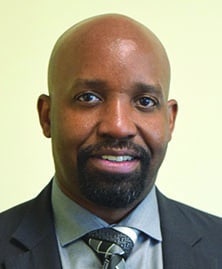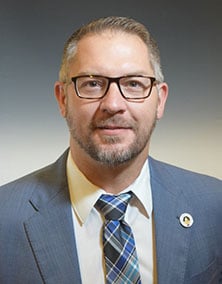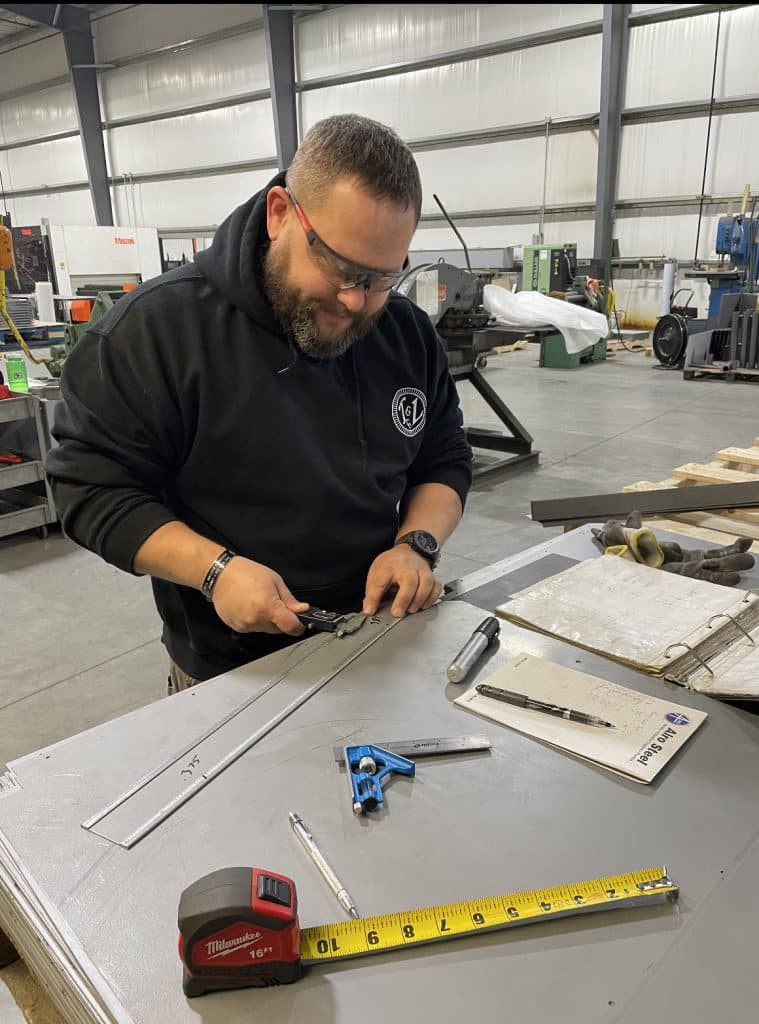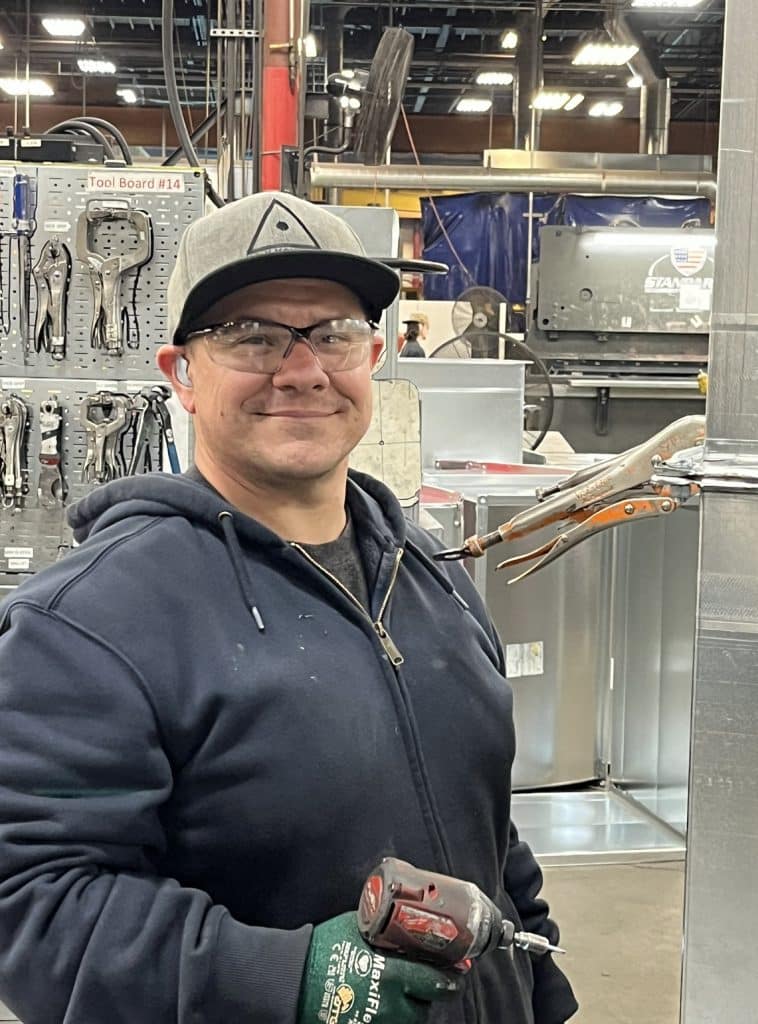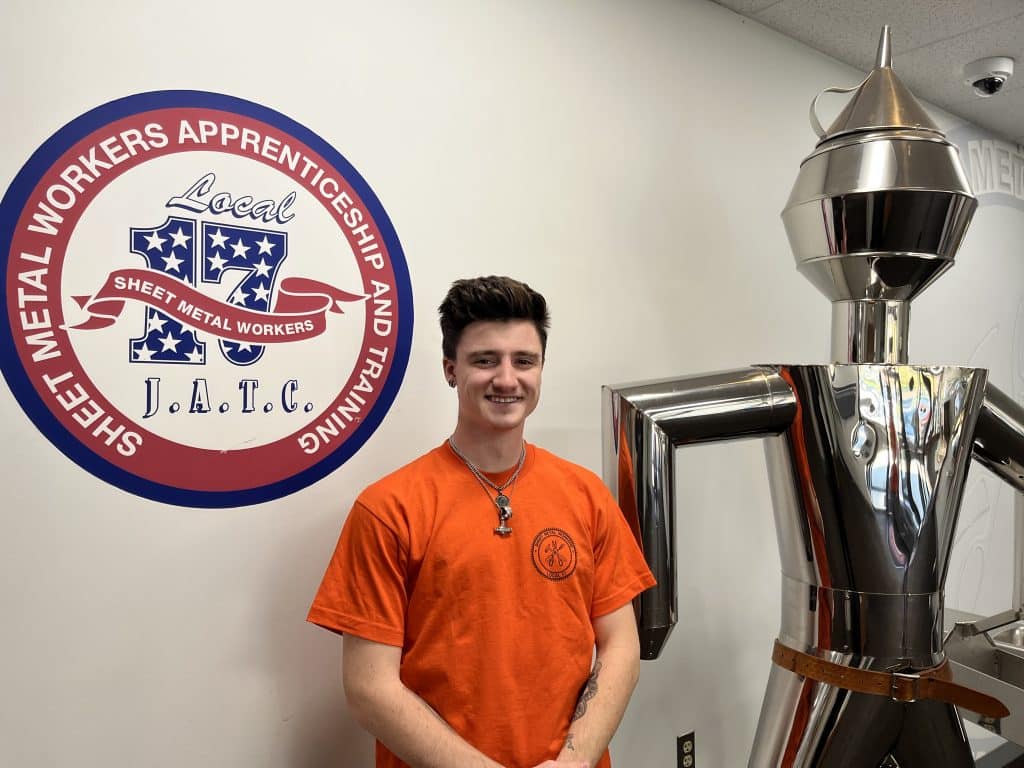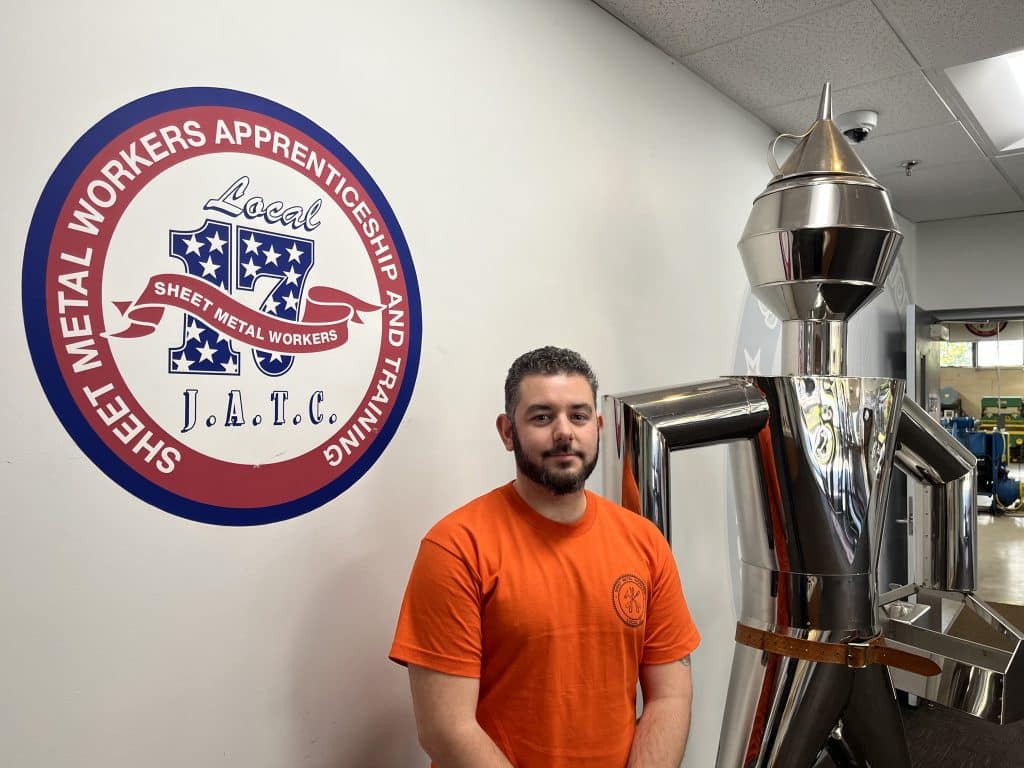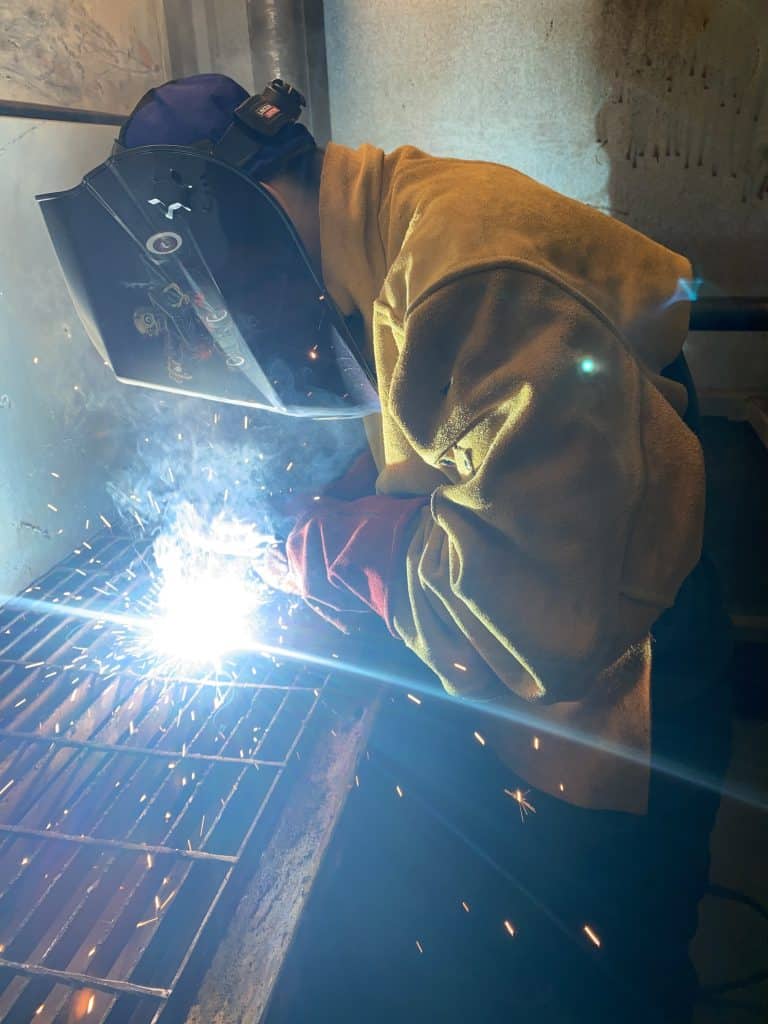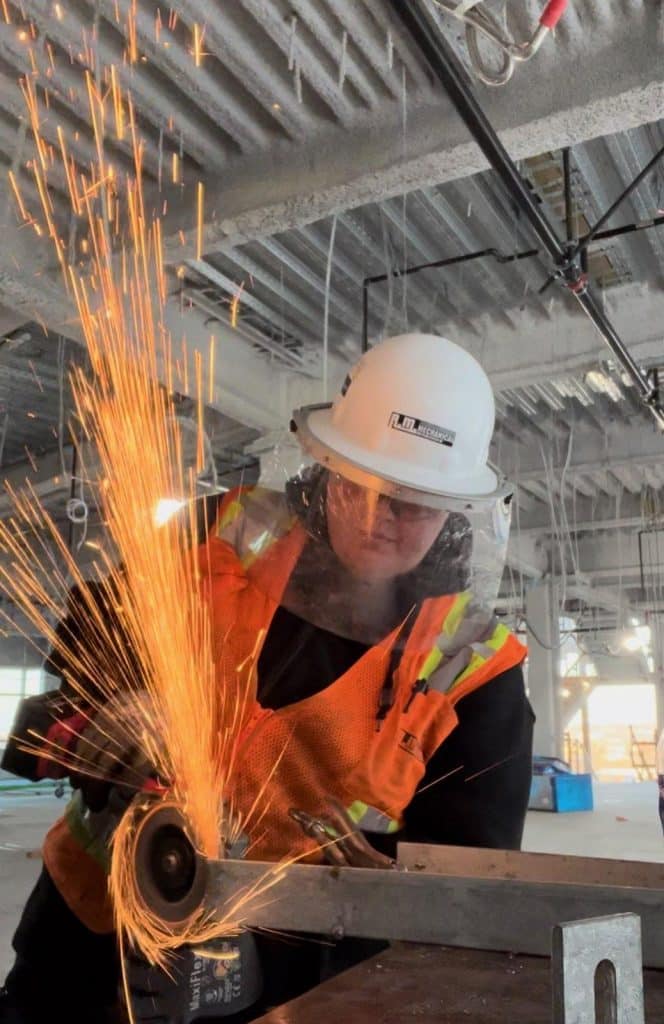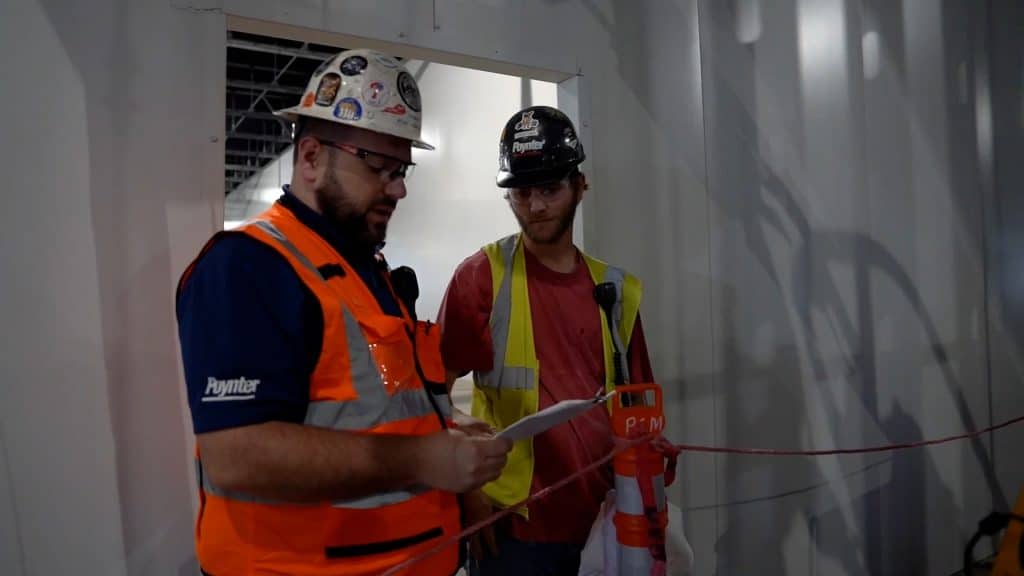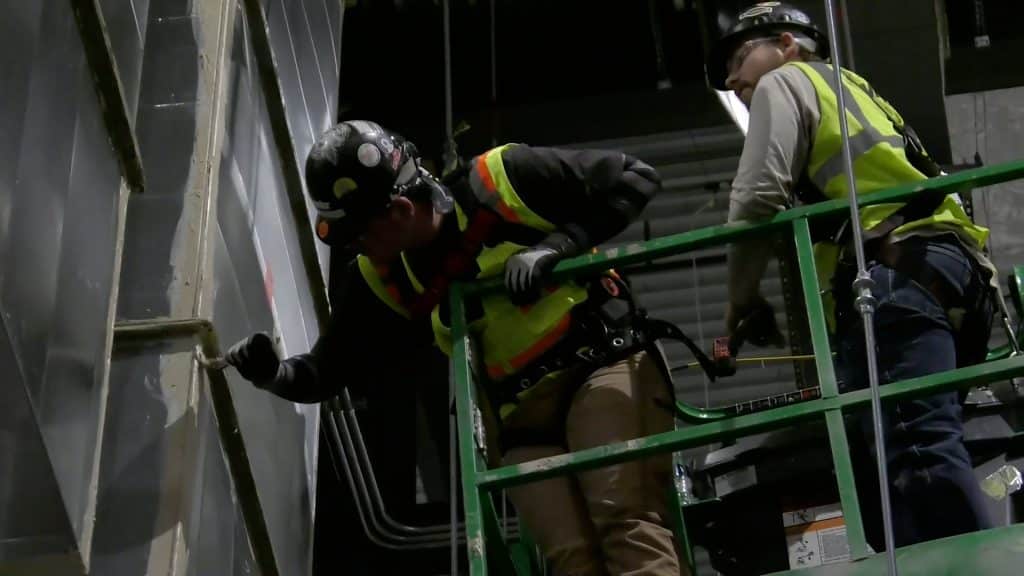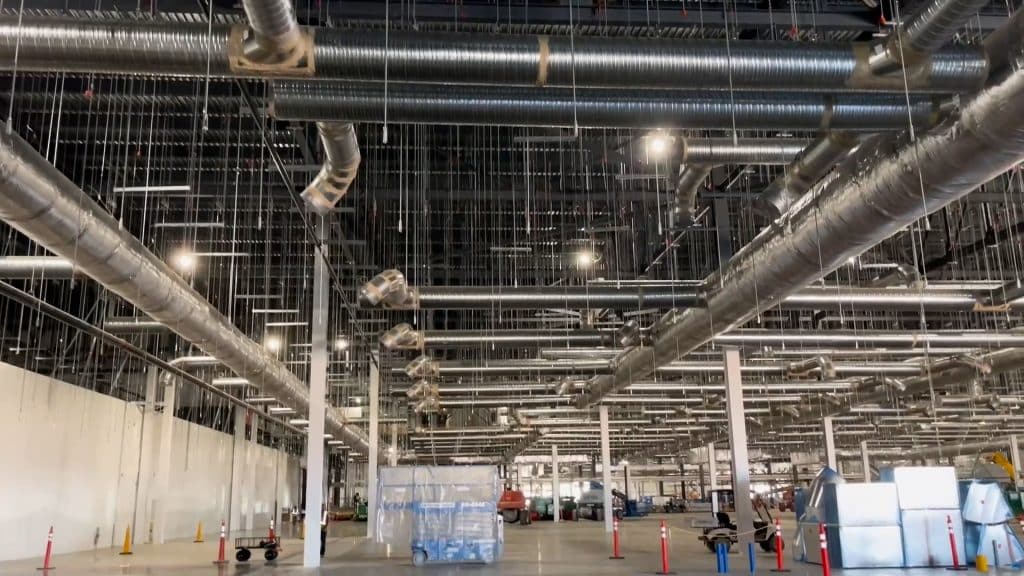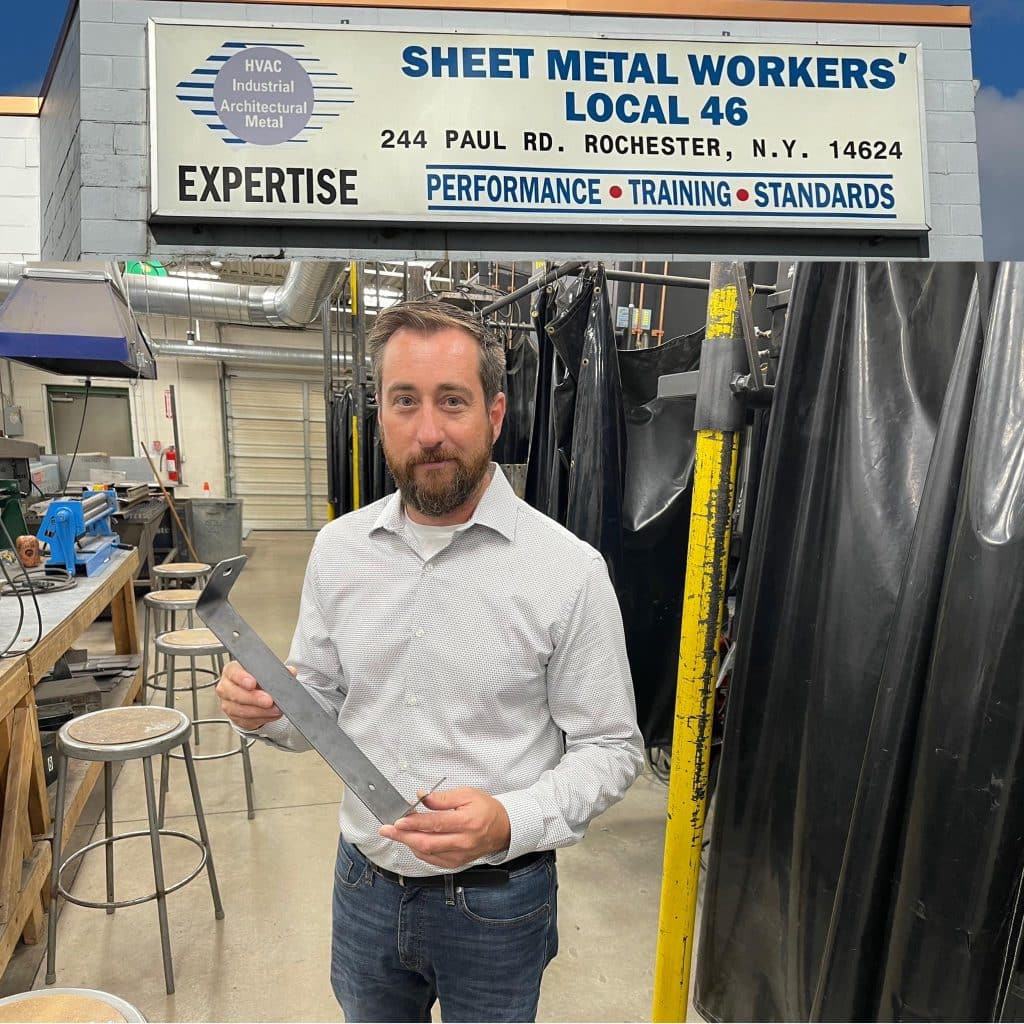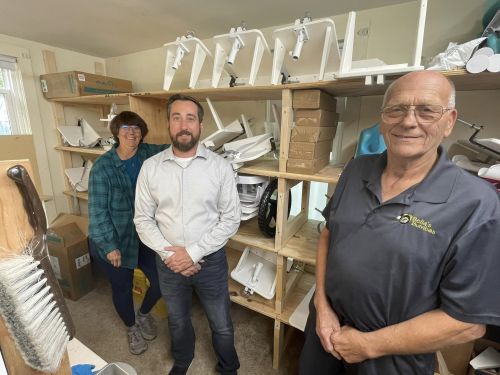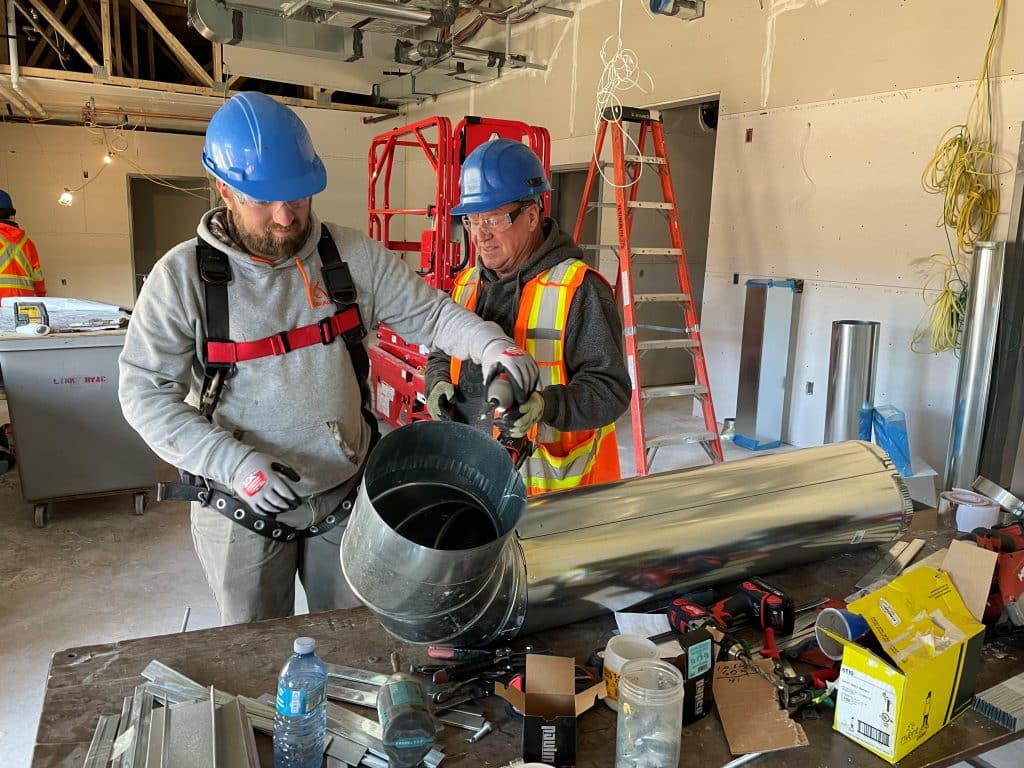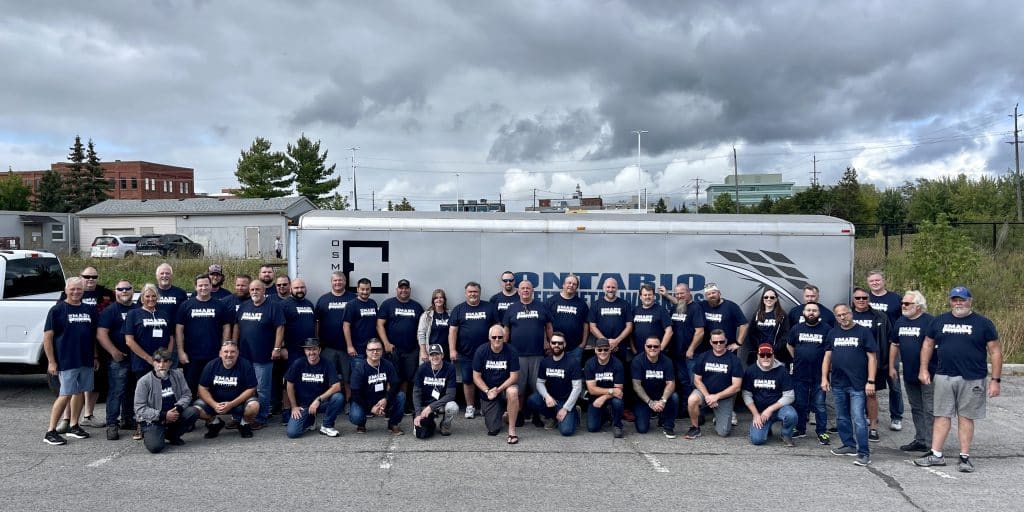In September, the Federal Railroad Administration (FRA) awarded SMART-TD $602,227.35 to get members the training they need to safely perform their duties as railroad professionals.
The award was granted through FRA’s Consolidated Rail Infrastructure and Safety Improvements (CRISI) program. This is the first award of its kind to a rail labor organization and a clear indication from FRA Administrator Amit Bose and the Biden administration that they view SMART-TD as a true partner in the mission to improve rail safety — and as a union with innovative ideas and plans worth investing in.
SMART-TD has proactively provided tools such as SMART University to help enhance organizational training opportunities for our members and officers at every level of our organization. In addition, our Regional Training Seminars bring educational opportunities closer to home for those who want to learn more about their union and the way the industry works. This grant will help provide the financial means to further expand these platforms to include job duty best practices and other safety-sensitive training.
The training project these federal dollars are going toward is known as Data Driven Safety Training and Education for Front-Line Railroad Workers. SMART-TD President Jeremy Ferguson and his department, in collaboration with SMART-TD’s National Legislative Director Greg Hynes and Alternate National Legislative Director Jared Cassity, will lead the charge as they aim to restructure the training rail workers receive.
“Every railroader has his or her own opinion on what needs to be done to fix the industry. But one thing all of us agree on is that the training programs are not even close to reflecting how dangerous or important rail jobs are,” Ferguson said.
He went on to frame the grant award as a vote of confidence in SMART’s ability to provide leadership in this arena.
“If I had to sum up my reaction, I would say that Department of Transportation (DOT) leadership and President Biden see the dangerous trajectory this industry is on. Training is fundamental to a safe workplace, not just for our members but for the public, too. The East Palestine disaster and the fact that there are more than three major derailments a day in this nation are a testament to the need for a fundamental change, and proof that the status quo is clearly not working. They recognize that there is a better solution by investing in SMART-TD and our vision of training.”
New-hire training for all Class I railroads has been in the crosshairs of FRA Administrator Bose in the past year as national focus on railroad safety intensifies. Bose has called for a complete audit of Norfolk Southern’s training program and has even gone as far as rejecting their program in its entirety and giving hard deadlines to redesign it from the ground up.
CSX has also had very public struggles with their training programs this year, including two trainee fatalities that prompted scrutiny from SMART-TD as well as the FRA. But as all our members know, the bare-bones training approach of the Class I railroads is not exclusive to any one carrier. Some of the freight carriers are participating in a race to the bottom by cutting corners, at the expense of training, to fill self-inflicted employment shortages as quickly as possible.
In addition to supplementing the training of our freight railroaders, this grant project is also tasked with providing our brothers and sisters on commuter and passenger rail with a heightened level of training in preventing assaults in their workspace.
“As our transit and commuter rail members know all too well, their carriers and agencies have failed to provide the operational changes and training necessary to keep our members safe. That is unacceptable. We take this seriously and know that more is required, especially as the assault rates continue to climb,” Cassity said. “With this grant, SMART-TD will once again pick up the slack for the gaps in the carriers’ training. If the companies can’t keep our people safe, we’re damn well going to do it ourselves.”
Finally, Ferguson made sure to acknowledge the efforts of SMART-TD Director of Administration Matt Dolin in winning the FRA grant.
“He deserves our thanks for securing this grant. He went above and beyond the call of duty to make this a reality,” Ferguson said. “When this program is all said and done, Matt’s efforts will have been leveraged into thousands of hours of safety training that would not have happened otherwise. There were a lot of moving parts in making this grant a reality, but Matt and his professionalism played a large role in realizing this funding.”
